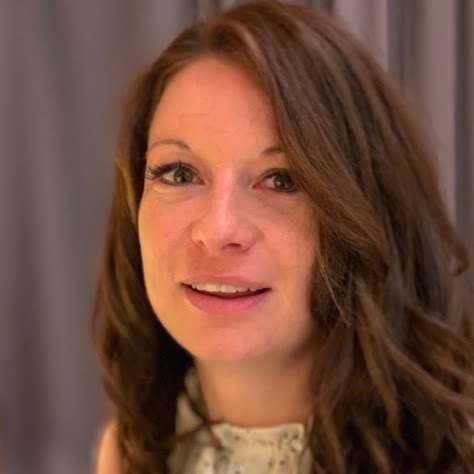I went to a party at Debra’s dance studio to celebrate that it was full of toxic mold and that it was shutting down.
That could have been the end of Design Dance, but – after getting fired from a call center that “a dog could work at” – Debra decided to start calling schools to see if they needed an after school dance instructor.
10 years later, Design Dance isn’t the studio she originally envisioned. Instead, they run after school programs teaching dance all throughout the Chicagoland area. And Debra runs a non-profit called Prismatic focused on teaching students entrepreneurship in the arts – because not all companies have to be started to create some sort of app.
Check out this conversation to hear:
- How a mold-infested dance studio morphed into a company focused on dance education
- How to balance the needs of multiple stakeholders in a business: school administration, students, contracted teachers, and parents
- How to handle being talked down to and minimized as a female business owner
Listen Here
- iTunes
- Overcast
- Google Play
- mp3
- Or stream here:
- If you’re enjoying the show, why not a leave a review? It makes a difference in terms of other people finding the show.
Check out more from Debra and Design Dance
- Instagram: @debra_nicole | @design.dance
- Website: wwww.designdance.net | wwww.prismaticmovement.org | www.debragiunta.com
Oh, and also here’s Debra’s TEDx talk, which is highly recommended as well:
Show Notes
- [01:39] A physical studio with some problems
- [07:37] Getting fired from a call center: “A dog could work here”
- [13:13] The dream doesn’t have to be owning a dance studio…
- [21:19] Developing enough technical proficiency in an art form to be creative.
- [32:09] Transitioning into hiring people – and managing remote employees
- [38:49] Running a business with three stakeholders: parents, students and schools – and protecting your culture
- [49:07] Challenges of being a female business owner – “Go tell your boss…”
- [01:02:15] Operating both a for-profit business and a non-profit – Why create two separate organizations?






